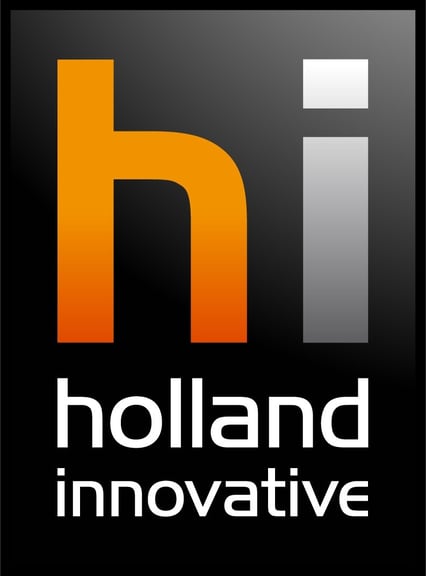Earlier this year, Holland Innovative's Reliability seminar was forced to take place online. The relaxed coronagraphs now make it possible to still organize a major live event. This will take place on October 14, 2021, at the High Tech Campus Eindhoven.

Reliability is of vital importance
As with the online event, the themes of Reliability 2.0, data science and Root Cause Analysis (RCA) are central. Various keynote speakers will again make their appearance, including experts such as Tiedo Tinga and Michael Pecht. Maarten de Leuw, project manager at ASML, will also be there. From the conversation we have with him, it appears that Reliability and RCA are of vital importance to the high tech manufacturing industry.
De Leuw is part of a project team with specialists in the field of RCA and Reliability Growth Analysis (RGA). ASML makes various types of photolithography machines that are used in the semiconductor industry. De Leuw and his team mainly focus on machines for the DUV market. He says: "We have a lot of machines in the field. We investigate the Reliability of parts of these machines, and if a part fails, the cause of failure. Historical data is used to identify trends in the Reliability of a specific part. This information is used as input for improvements in product design, production process, and business processes, among other things."
Looking for the Cause
With input from Reliability data and an accurate problem description, the appropriate strategy for a Root Cause Analysis is determined. These can be divided into:
- experience based,
- brainstorm, and
- contrast
Each of these strategies has its advantages and disadvantages. The experience-based approach is effective and quick for known problems but, if the cause cannot be found quickly, it can lead to a "trial and error" strategy.
The brainstorming strategy uses fishbone diagrams to categorize the possible factors and examine them one by one. The advantage is that it’s a structured approach, the disadvantage is the highly divergent nature and the possible missing of unknown factors.
The third strategy is based on contrast (Statistical Engineering), where the search area is narrowed down further and further. The advantage is the focus, disadvantage is that both good and failing parts are needed to examine the contrasts. The contrast method can be compared to the game "Who is it?". In this, by asking the right questions, the right person is found.
For complex technical problems, the contrast strategy is usually preferred.
Dealing with large data sets
The strength of the contrast strategy is that with a limited number of good and failing parts, tests can be done to investigate the differences. To arrive at the right selection of parts, it is, in most cases, necessary to use large data sets to demonstrate contrasts between machines, customers, etcetera. With the help of smart software, cleaning up, classifying, correcting and analyzing large data sets is becoming easier and easier.
The big turn for chip machines
So it’s a lively and stimulating field of research. It is important for ASML's customers that the machines run with the highest possible yield, especially now that there is such a shortage of chips. De Leuw: "What we don't want is for the machine to come to a standstill because a component unexpectedly fails. We are now expected to be able to predict when a component will fail so that it can be replaced during planned maintenance. It's similar to the major service on a car where a number of parts are replaced preventively."
Reliability 2.0
It is precisely the need for a prediction of component failure that makes it necessary to further connect RCA, RGA, data science and diagnostics. Think of typical RGA elements such as determining the failure origin, failure mode, failure probability; RCA elements such as determining the CTQ parameter, which shows contrast between good and failing parts and data science elements such as making predictive models and the availability of the right diagnostics.
"Within ASML, we work in a team that also involves colleagues from data science and diagnostics," says De Leuw. "We are already doing a lot of predictive maintenance and can take the next step by connecting RCA, RGA, data science and diagnostics even further to achieve Reliability 2.0."
Connection
De Leuw concludes by expressing his hope that people will come to the seminar who are facing the same challenges. People who have questions like: How should we make that step from RCA/RGA to data science? How do I deal with large amounts of data? What is actually the biggest challenge? How should I communicate that? De Leuw: "Maybe they can learn something from our approach and we from them. We have asked Holland Innovative for help, for example. They are a strong linking factor. It is precisely this connection that also makes it easier for us to make steps as a region."





.jpg?width=200&name=Holland%20Innovative%20summer%20academy%20-%20Project%20Management%20Masterclass%202%20(2).jpg)